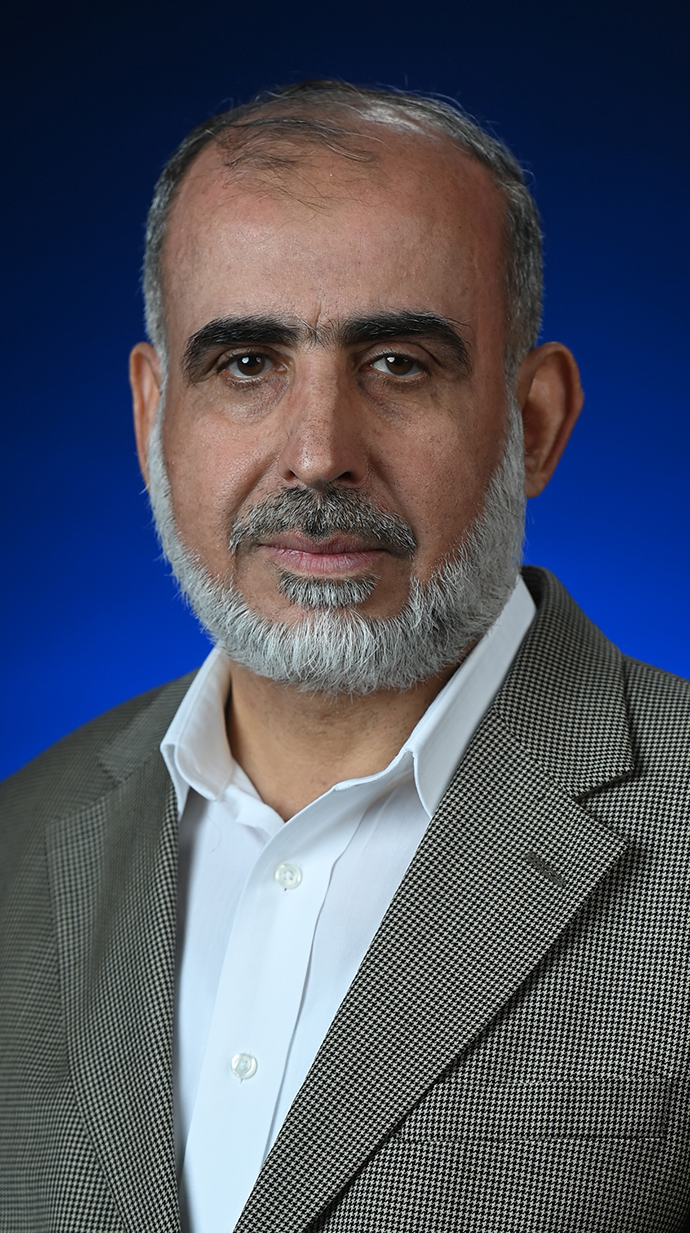NASA Program Gives Three UM Students Opportunity to Design Satellite
Ole Miss among eight institutions nationwide chosen for 2024 Mission Concept program
OXFORD, Miss. – Designing a satellite just larger than a Rubik's Cube may seem daunting to some, but for four Mississippi college students, it's just rocket science.
Three University of Mississippi students and one from Jackson State University are spending their summer designing a small satellite that is composed of three 4-by-4-inch units through NASA's 2024 Mission Concept program, sponsored by the University Nanosatellite Program. The program offers budding engineers an opportunity to collaborate and solve real-world problems.
"Here, we teach them on paper, but they don't build the products," said Mustafa Matalgah, professor of electrical and computer engineering, who is leading the Mississippi cohort. "In this CubeSat, they're going to learn how to design, build from A to Z, from scratch, a product that's working, that's going to be in space."

The Ole Miss students are:
- Mohammed Alqodah, a doctoral student in electrical engineering from Irbid, Jordan
- Jesus Delgado, a senior electrical engineering major from Maracaibo, Venezuela
- Logan Stockham, a senior electrical engineering major from Knoxville, Tennessee.
Johnathan Johnson, a senior computer science major student at Jackson State University, is the team's other member.
The students spent one week at the Kennedy Space Center in Florida and will spend seven weeks in Albuquerque, New Mexico, where they will design their satellites. The program is a part of the long-term CubeSat Launch Initiative, in which NASA partners with educational institutions to design, build and launch cost-effective satellites.
The Mississippi cohort's assignment is to create a satellite that can communicate more quickly than current models by using a higher frequency.
"We are tackling some problems in satellite communications, especially in the Ka-band spectrum," Alqodah said. The Ka-band is a portion of the electromagnetic spectrum used for satellite communications.
"We'll use machine learning and some communication techniques to enhance the system performance and to increase the overall speed rate of the satellite communication."

Mustafa Matalgah (center), UM professor of electrical and computer engineering, visits the Kennedy Space Center in Florida with Johnathan Johnson (left), a computer engineering graduate student at Jackson State University, and Jesus Delgado, a UM senior engineering major. Submitted photo
The team will also have to consider factors such as weather patterns in their calculations, all while keeping their design inside the cube, Alqodah said. The final product will be a small, low-orbit satellite that can transmit information quickly, he said.
"We are just in the beginning," Matalgah said. "This is going to be a great learning experience for our students."
These smaller satellites provide low-cost access to space for educational institutions and can be launched from ground as secondary payloads on a launch vehicle, as opposed to larger satellites that must be ferried by a rocket into orbit, Matalgah said. The smaller satellites also cause less orbital debris and are easier to replace.
At the end of the summer, each team will have their design on paper and ready for production, he said. Following the summer sessions, NASA and UNP will call for proposals again for the second phase of the program.
If chosen, the students will begin bringing their designs to life. In the third phase, they will launch their satellites.
"So, for the whole process from scratch to launching the satellite, you need about four, six years," Matalgah said. "But by the end, the ultimate goal is that Ole Miss will launch its own satellite."
Top: Logan Stockham (left), a UM senior electrical engineering major; Johnathan Johnson, a computer engineering graduate student at Jackson State University; and Jesus Delgado, a UM senior electrical engineering major, visit the UNP Space Dynamic Laboratory in Albuquerque, New Mexico. They are spending part of the summer at the facility to design a satellite as part of the 2024 Mission Concept program. Submitted photo
By
Clara Turnage
Campus
Published
July 16, 2024
